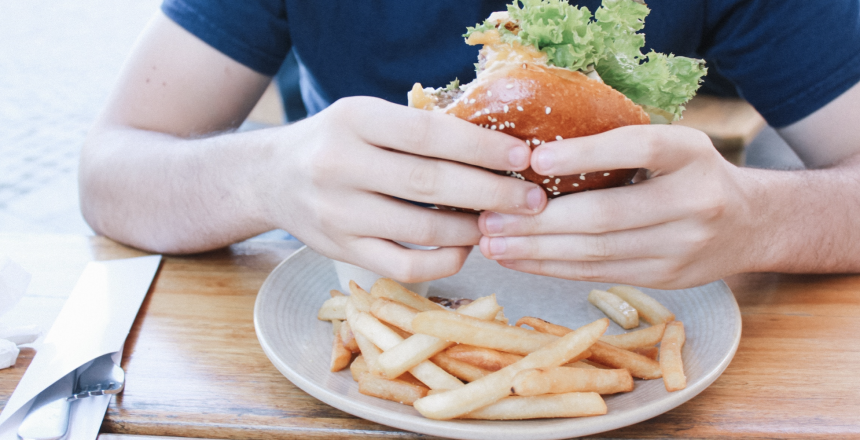A speech I presented on “calorie deception” proved to me that the general public understands more about nutrition than science and policymakers would like to believe. And they have more questions. After describing how not all calories are created equal, and that the over-consumption of sugar is what drives obesity and Type 2 Diabetes, a ten-minute question period had me feeling positive. Is the message that calorie deficits or a calorie is a calorie, is not a calorie, reaching us? Is it the idea that sugar, not fat, is making us fat weaving its way into our thinking?
During the speech, I presented a graph that showed by 2025, 34 percent of adults living in Canada, including in First Nations, will be considered obese. I also gave the expected increase in Type 2 Diabetes, which parallels the climb in obesity.
 Obesity and associated diabetes are not slowing down.
Obesity and associated diabetes are not slowing down.
In 2016, seven percent of Canadians aged 12 and older (roughly 2.1 million people) reported having diabetes. The prevalence of diabetes among obese Canadians was 13.2 percent in 2016, compared with 6.6 percent among overweight Canadians and 3.6 percent among those classified as having a healthy weight, based on a Statistics Canada report.
Indigenous peoples around the globe are disproportionately affected by diabetes and related complications. A 2017 Diabetes Canada Clinical Practice Guidelines Expert Committee, studying Type 2 Diabetes in Indigenous Peoples, reported the age-standardized prevalence rates for diabetes are 17.2 percent among First Nations individuals living on-reserve, 10.3 percent among First Nations individuals living off-reserve, and 7.3 percent among Métis people, compared to five percent in the general population. There is a concern that rates will rise with large-scale changes impacting healthy behaviour in the far North.
The real issue with obesity is constant insulin levels, triggered by artificial sugars, according to many medical researchers of note like Dr. Jason Fung and Dr. Robert Lustig.
In a nutshell, insulin’s job is to tell fat cells to store fat, and it also tells the brain, “Let me finish what I started by metabolizing the newly entered food.” The hormone leptin tells the brain, “Okay, there is enough food available, turn off the hunger signal and insulin, and go to work.” Ideally, this back-and-forth conversation sustains health.
Admittedly, our bodies are complex, but when artificial sugar is added, and unceasingly added, this creates unceasing high levels of glucose and corresponding high levels of insulin, and it becomes complicated. Insulin will send unused glucose to our fat cells, and over time, when the fat cells become full, insulin continues to be produced to keep the fat inside the cells. Incoming glucose looks to store fat somewhere.
Fat deposits sleep anywhere they can – belly, thighs, arms, chest, hips, chin – referred to as the overflow phenomenon
What is going on? I don’t need to tell someone with diabetes about insulin. Those who are gaining weight are obviously in a state of high insulin.
The Calorie Deception
The theory, and it is a theory, perpetuates that you can drop weight by creating a daily deficit between your calories consumed and those burned off. There are two assumptions. First, the theory suggests that all calories are equal, and the second insists that the body treats all calories equally.
Let’s have a look. Using Dr. Mark Hyman’s comparison between a Bug Gulp and Broccoli, we can see that not all calories are created equal. A Big Gulp sold by 7-Eleven, is 750 calories and is 100 percent sugar, or 47 teaspoons, or one cup. The equivalent of broccoli of 750 calories has 1.5 teaspoons of naturally occurring sugars. To eat 750 calories of this vegetable would require eating 21 cups. You won’t be able to eat 21 cups, but you get the idea?
The Big Gulp (replace it with Coke, Orange Juice, Mars Bar or anything processed) is not real food. It’s sugar and fructose. The broccoli (replace it with most vegetables) is real food. It’s a nutrient bonanza for the body with evolutionary information.
Are all calories created equally?







